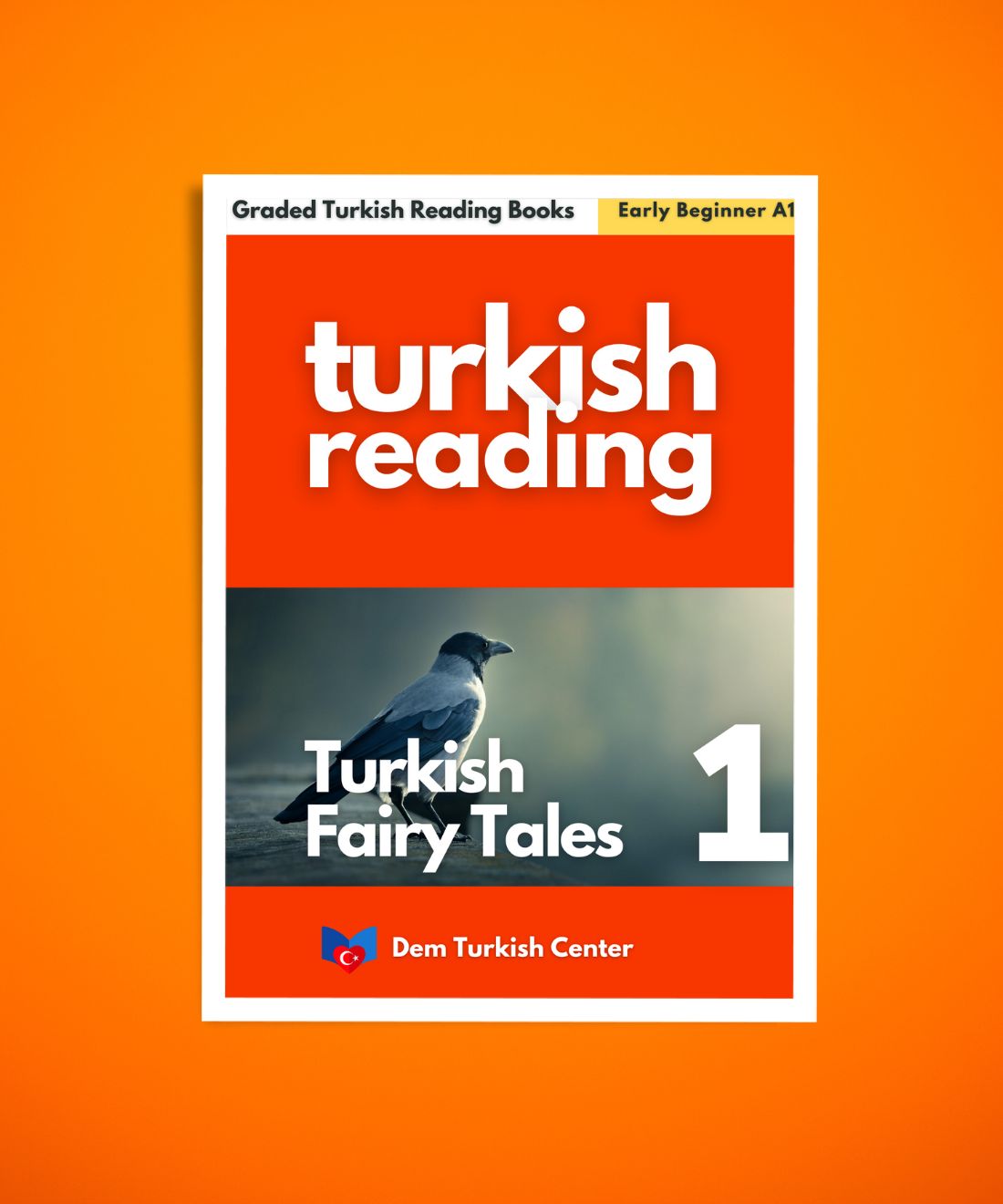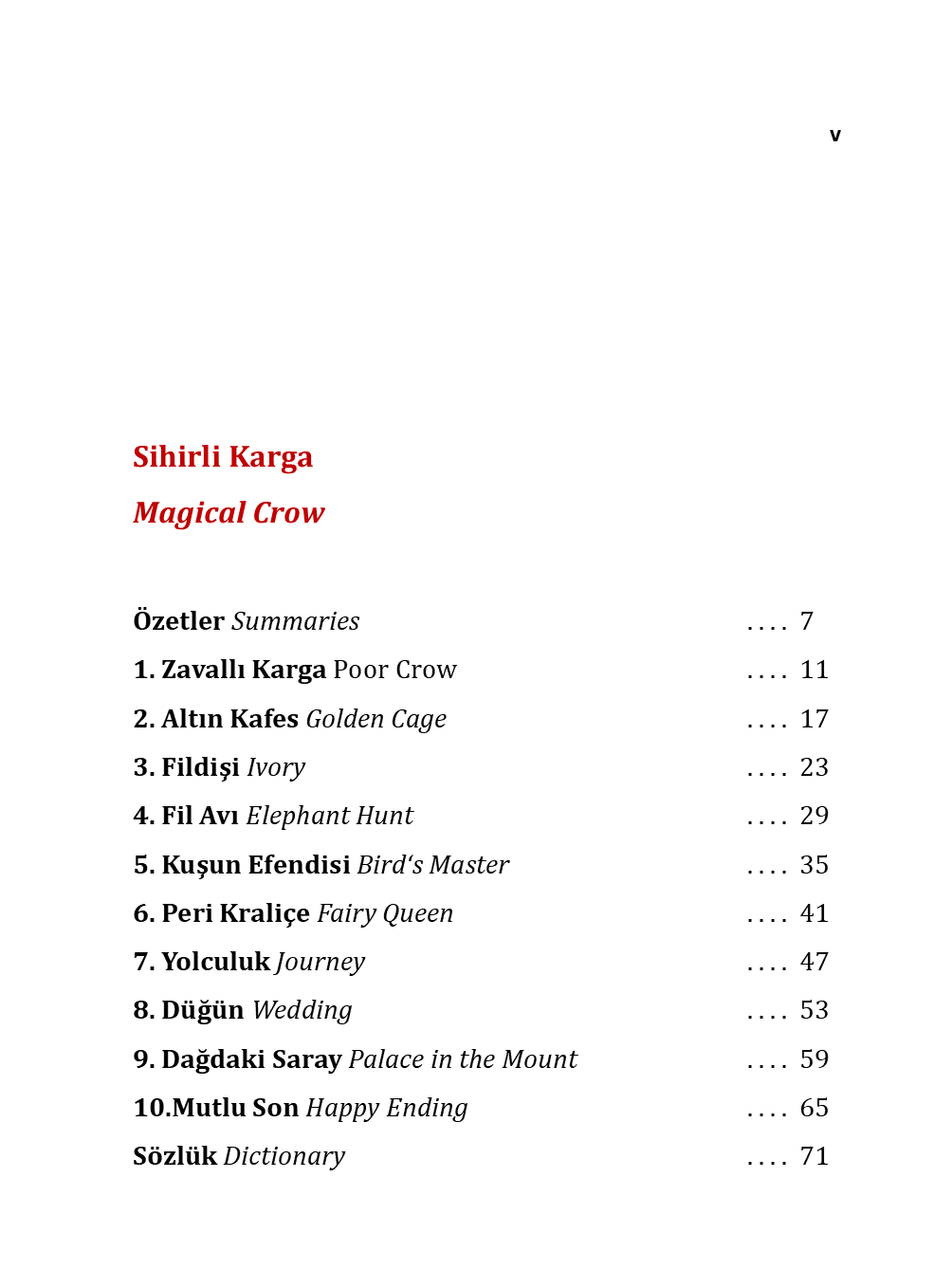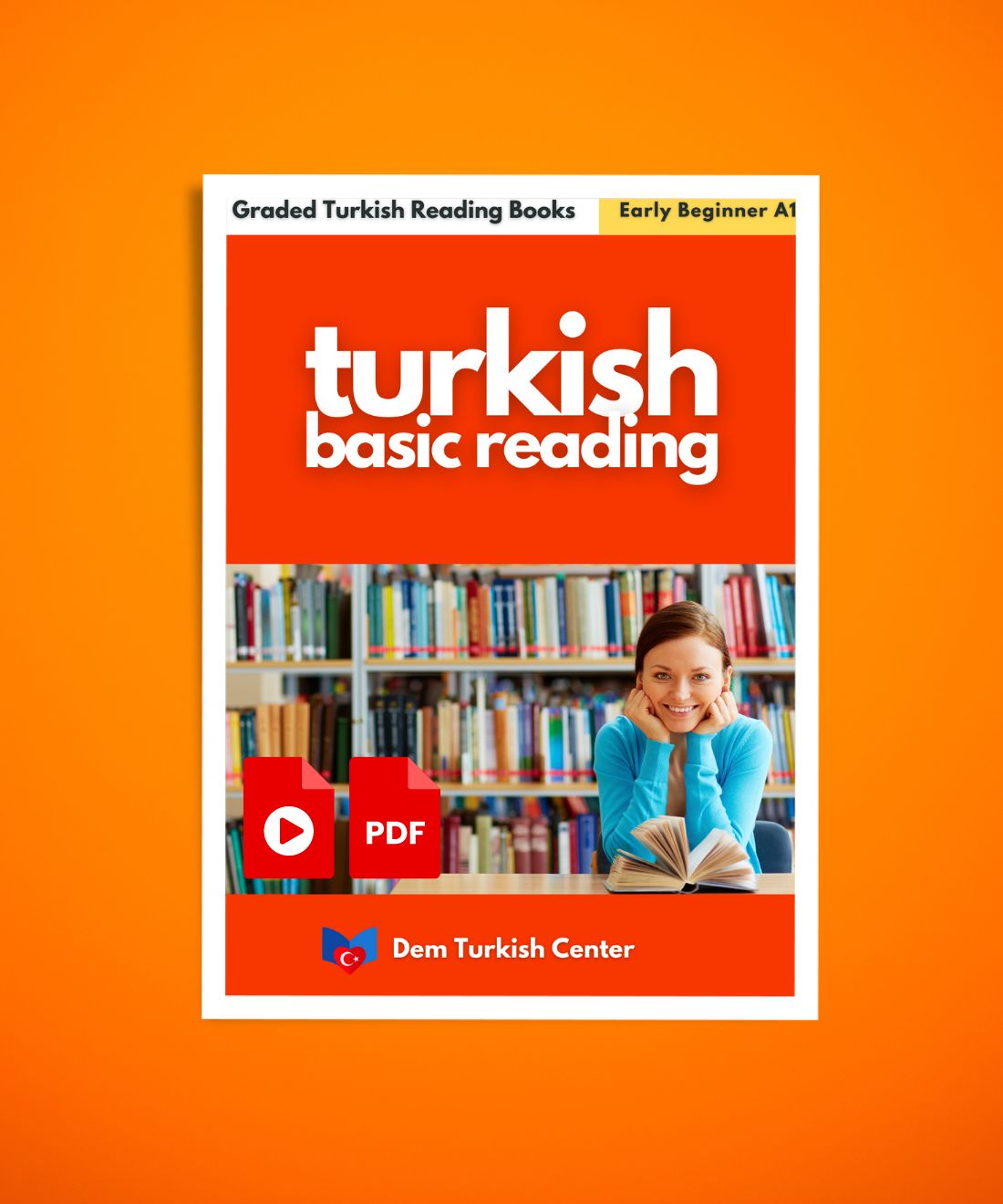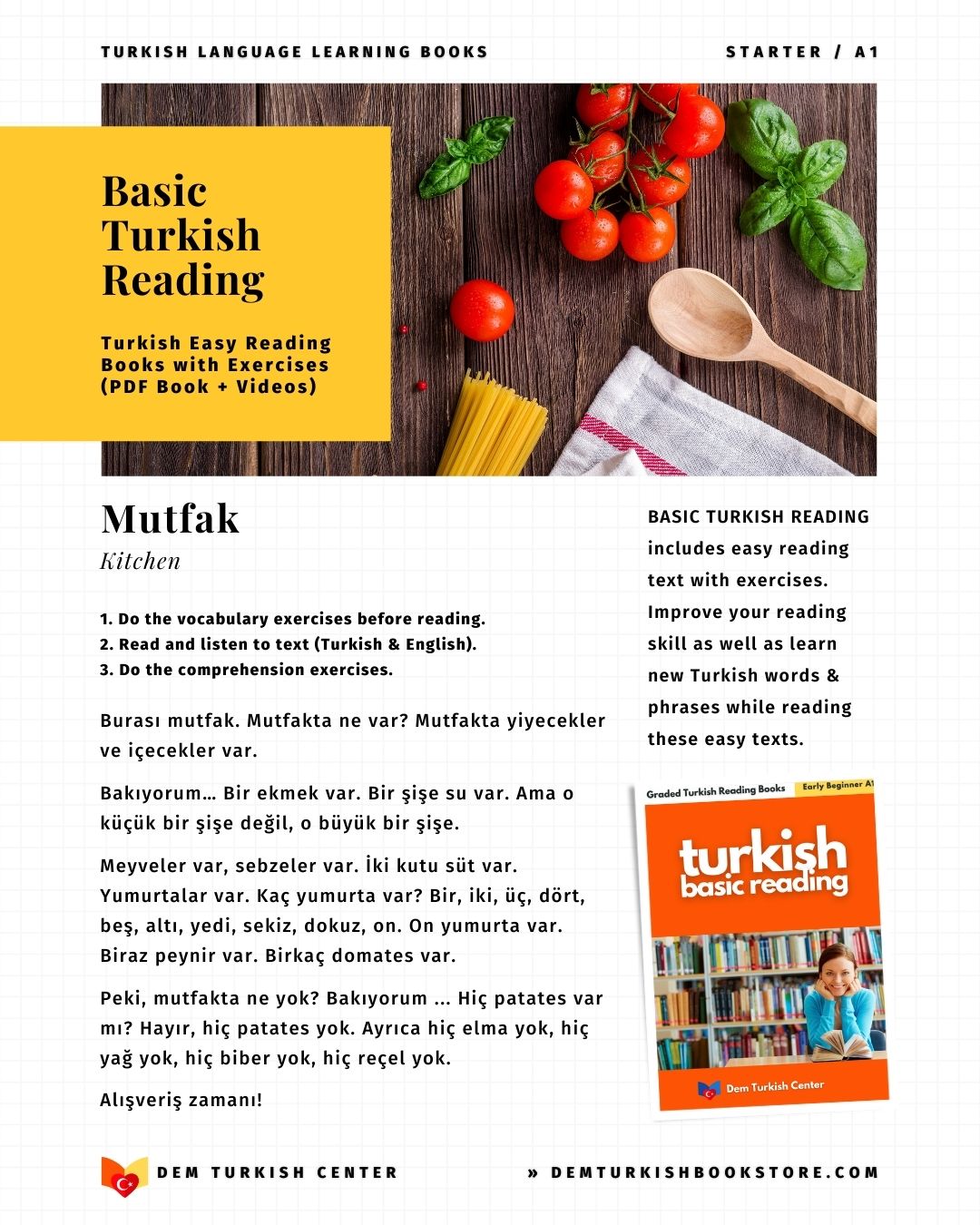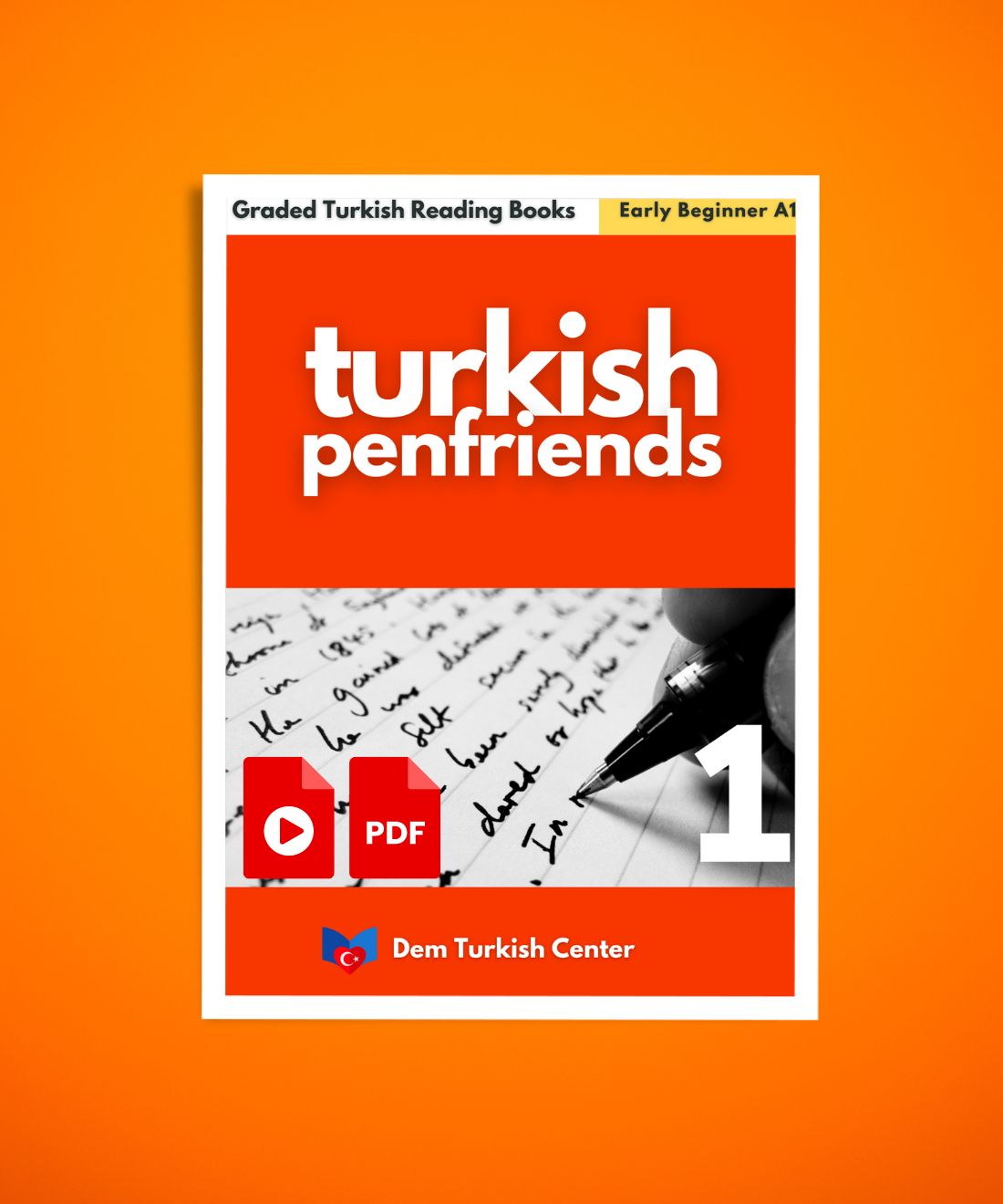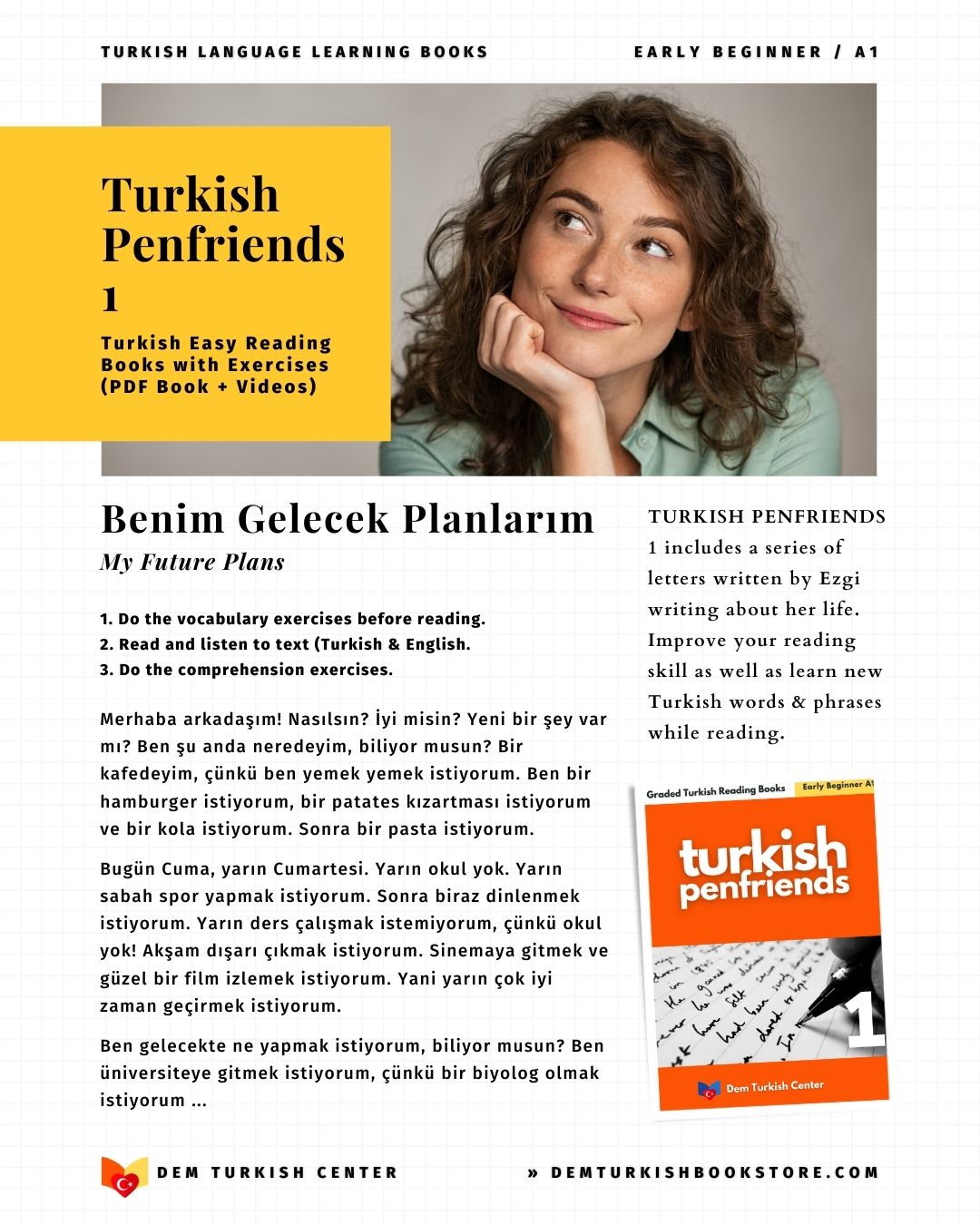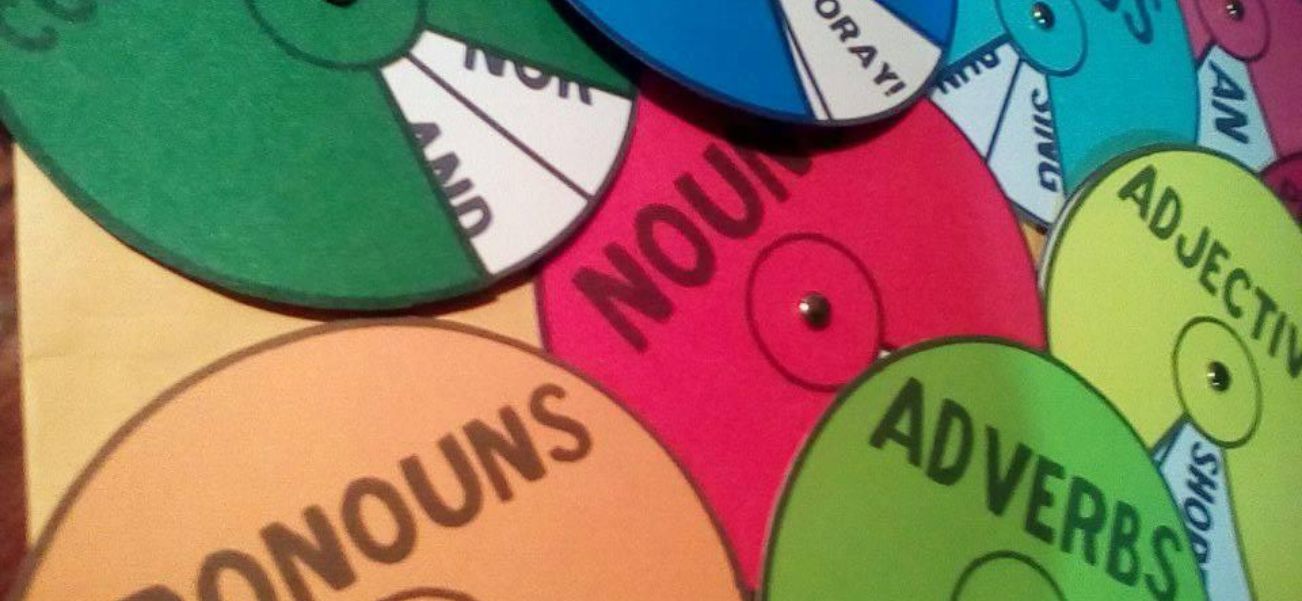
Parts of Speech in Turkish Language
What are the parts of speech in Turkish language? The parts of speech in Turkish language (just like other languages) are nouns, pronouns, verbs, adjectives, adverbs, prepositions and conjunctions.
The word's function in meaning and grammar within the sentence is indicated by these parts of speech. Here is a list of the parts of speech in Turkish with examples:
PARTS OF SPEECH IN TURKISH
1. Nouns in Turkish
The words for a persons, places, things, or ideas are "nouns".
Although not usually, nouns are frequently used with articles ("bir" or "definite object - the").
Common nouns in Turkish do not necessarily begin with a capital letter, but proper nouns do. Nouns can be either concrete or abstract, singular or plural. Nouns are given possession by the suffixes in Turkish.
Nouns can play a variety of parts in a sentence, such as subject, direct object, indirect object, subject complement, and object of a preposition.
Examples of nouns in the parts of speech in Turkish:
- Adam bir film izliyor. The man is watching a film.
- Adam bir film izliyor. The man is watching a film.
- Kız öğretmenden bir mektup getirdi. The girl brought a letter from the teacher.
Download Basic Nouns in Turkish (Turkish Grammar Worksheets)!
2. Pronouns in Turkish
A pronoun is a word used in place of a noun.
Types of pronouns in Turkish include:
- Personal pronouns (Subject of the sentence) I, you, he, she, it, we, you, they
- Object pronouns (Object of the sentence) Me, you, him, her, it, us, you, them
- Possessive adjectives My, your, his, her, its, our, your, their
- Possessive pronouns Mine, yours, his, hers, its, ours, yours, theirs
- Reflexive pronouns Myself, yourself himself, herself, itself, ourselves, yourselves, themselves
Examples of pronouns in the parts of speech in Turkish:
- Ben seni seviyorum. I love you.
- Ben seni seviyorum. I love you.
- Bu benim arabam, o senin araban. This is my car, that is your car.
- Benimki iyi, seninki kötü. Mine is good, yours is bad.
3. Verbs in Turkish
The verb in a sentence expresses action or being.
The verbs in the Turkish language is formed with suffixes for verb tenses / modals and personal pronouns.
Examples of verbs in the parts of speech in Turkish:
- Ben bir kahve yapıyorum. I am making a coffee.
- Ben bir kahve yaptım. I made / have made a coffee.
- Ben bir kahve yapacağım. I will make / am going to make a coffee.
- Ben bir kahve yapabilirim. I can make a coffee.
- Ben bir kahve yapmalıyım. I should / must make a coffee.
Learn 25 most common verbs in Turkish!
4. Adjectives in Turkish
An adjective is a word used to modify or describe a noun or a pronoun.
It usually answers the question of which one, what kind or how.
Examples of adjectives in the parts of speech in Turkish:
- O güzel bir kız. She is a beautiful girl.
- Ben çok hızlı bir araba istiyorum. I want a very fast car.
Learn the most common Turkish grammar rules!
5. Adverbs in Turkish
An adverb modifies or describes a verb, an adjective, or another adverb.
The adverbs don't usually take suffixes. You can use an adjective as an adverb in many cases.
Examples of adverbs in the parts of speech in Turkish:
Arabayı çok hızlı sürüyorsun. Yavaş sür! You are driving the car very fast. Drive slowly!
Learn the adverbs of frequency in Turkish!
6. Prepositions in Turkish
A preposition is a word used to form a phrase modifying another word in the sentence.
The prepositions are formed with suffixes and words/phrases in some cases.
Examples of adverbs in the parts of speech in Turkish:
- Ben okula gidiyorum. I am going to school.
- Ben bir firmada çalışıyorum. I work in a firm.
- Ben istasyondan geliyorum. I am coming from the station.
- Kitap nerede? Kitap masanın üstünde. Where is the book? The book is on the table.
Download Prepositions of Place in Turkish (Turkish Grammar Worksheet)!
7. Conjunctions in Turkish
A conjunction joins words, phrases, or clauses, and indicates the relationship between the elements joined.
Coordinating conjunctions:
Coordinating conjunctions connect grammatically equal elements. For example:
- Ali ve Ayşe İngilizce biliyorlar. Ali and Ayşe know English.
- Ali İngilizce biliyor, ama Ayşe bilmiyor. Ali knows English, but Ayşe don't.
- Hem Ali hem de Ayşe İngilizce biliyor. Both Ali and Ayşe know English.
- Ne Ali ne de Ayşe İngilizce biliyor. Neither Ali nor Ayşe know English.
Subordinating conjunctions connect clauses that are not equal. For example:
- John Türkçe biliyor, çünkü o Türkiye'de yaşıyor. John knows Turkish, because he lives in Turkey.
- Ben eve geldiğim zaman onlar TV izliyordu. when I came home.
We hope you found this lesson useful for your Turkish studies. Please use the comment form below if you have questions about this Turkish grammar point.








